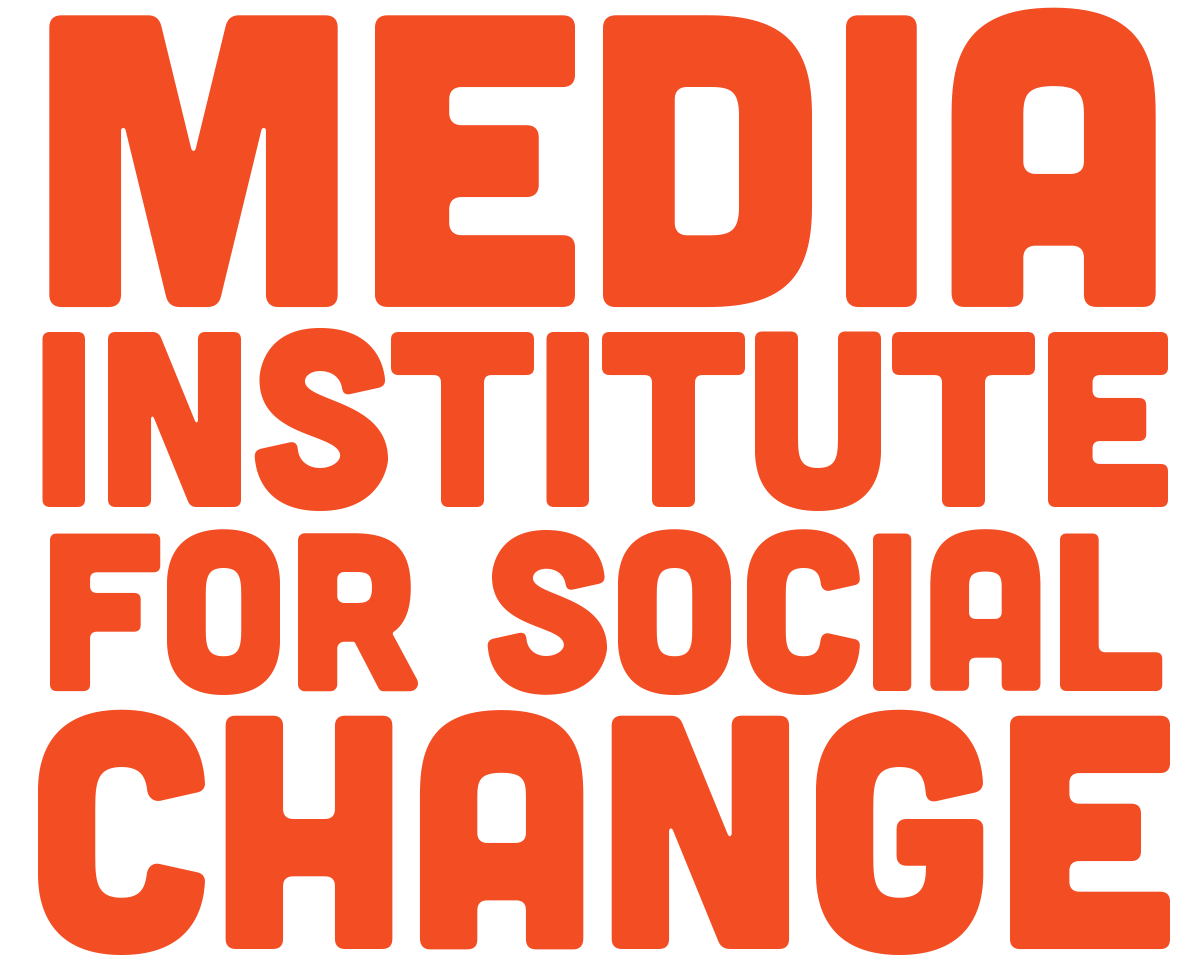Of all the quick, in-depth, video tutorials that Tim led for us at Open Signal this week, I found the lighting tutorial the most helpful. Where the camera day and the audio day had been borderline bewildering, I think we all left the building on Wednesday feeling confident that we could light an interview.
There was no terminology, functions, or menus to go through and learn. It was just light. We set up the light stands and fiddled around with them under his guidance. The whole class had to participate to make the lighting look good, and it was really cool to be able to use the different filters and dials to manipulate the image (which was being fed from a camera to a large monitor that we all could see). We needed two brave volunteers, Emily and Coral, to sit in front of the camera and have their faces observed in front of the whole class, in varying amounts of light. Thanks to them, we were able to use the time we had to look critically at lighting and figure out what we could do to make it look better.
After that, we still had time to go on a brief tour of the rest of the building. Open Signal is a public access filmmaking and broadcasting organization, and they have a lot of studios and equipment that they rent out to local media-makers like ourselves. Now that we’ve gone through their training, we can check out their cameras, tripods, audio recorders, and lighting equipment to make our documentaries in the next few weeks.
They also let people use their studios, which we had a chance to see during the tour. They have two large, quiet rooms, complete with crane-rig cameras and green screens that are open to the public, so long as they have a proposal and have gone through the training. I think it’s amazing that there are organizations like Open Signal that make media-making so accessible to ordinary people. All you really need is the motivation to create something and you can make it happen.
–Theo Morris

